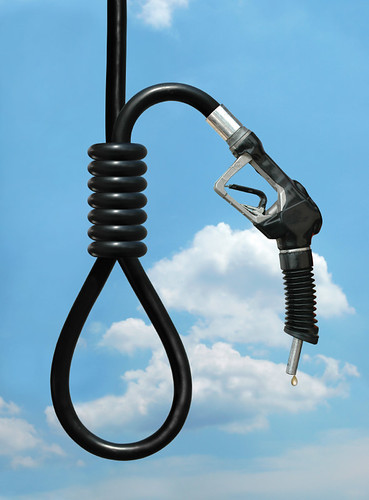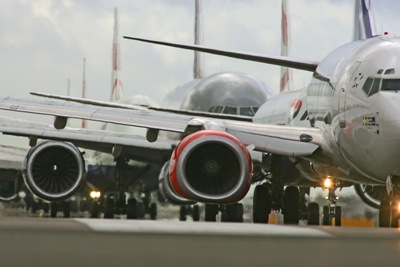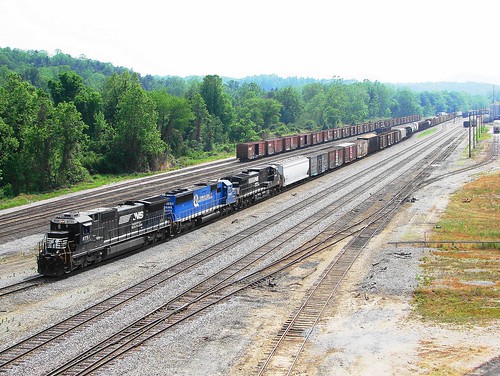(Source: USDOT)
 U.S. Department of Housing and Urban Development (HUD) Secretary Shaun Donovan, U.S. Department of Transportation (DOT) Secretary Ray LaHood, and U.S. Environmental Protection Agency (EPA) Administrator Lisa Jackson today announced a new partnership to help American families in all communities –- rural, suburban and urban – gain better access to affordable housing, more transportation options, and lower transportation costs.
U.S. Department of Housing and Urban Development (HUD) Secretary Shaun Donovan, U.S. Department of Transportation (DOT) Secretary Ray LaHood, and U.S. Environmental Protection Agency (EPA) Administrator Lisa Jackson today announced a new partnership to help American families in all communities –- rural, suburban and urban – gain better access to affordable housing, more transportation options, and lower transportation costs.
Earlier this year, HUD and DOT announced an unprecedented agreement to implement joint housing and transportation initiatives. With EPA joining the partnership, the three agencies will work together to ensure that these housing and transportation goals are met while simultaneously protecting the environment, promoting equitable development, and helping to address the challenges of climate change.
Testifying together at a Senate Banking, Housing, and Urban Affairs Committee hearing chaired by U.S. Senator Christopher J. Dodd, Secretary LaHood, Secretary Donovan and Administrator Jackson outlined the six guiding ‘livability principles’ they will use to coordinate federal transportation, environmental protection, and housing investments at their respective agencies.
DOT Secretary LaHood said, “Creating livable communities will result in improved quality of life for all Americans and create a more efficient and more accessible transportation network that serves the needs of individual communities. Fostering the concept of livability in transportation projects and programs will help America’s neighborhoods become safer, healthier and more vibrant.”
“As a result of our agencies’ work, I am pleased to join with my DOT and EPA colleagues to announce this statement of livability principles” said HUD Secretary Shaun Donovan. “These principles mean that we will all be working off the same playbook to formulate and implement policies and programs. For the first time, the Federal government will speak with one voice on housing, environmental and transportation policy.”
“It’s important that the separate agencies working to improve livability in our neighborhoods are all pointed in the same direction. We’re leading the way towards communities that are cleaner, healthier, more affordable, and great destinations for businesses and jobs,” said EPA Administrator Lisa P. Jackson. “This partnership provides a framework to guide decisions that affect all communities. This way, investments of financial and human resources by any one of our agencies will meet shared goals and confront significant challenges we all face together.”
The Partnership for Sustainable Communities established six livability principles that will act as a foundation for interagency coordination:
1. Provide more transportation choices.
Develop safe, reliable and economical transportation choices to decrease household transportation costs, reduce our nation’s dependence on foreign oil, improve air quality, reduce greenhouse gas emissions and promote public health.
2. Promote equitable, affordable housing.
Expand location- and energy-efficient housing choices for people of all ages, incomes, races and ethnicities to increase mobility and lower the combined cost of housing and transportation.
3. Enhance economic competitiveness.
Improve economic competitiveness through reliable and timely access to employment centers, educational opportunities, services and other basic needs by workers as well as expanded business access to markets.
4. Support existing communities.
Target federal funding toward existing communities – through such strategies as transit-oriented, mixed-use development and land recycling – to increase community revitalization, improve the efficiency of public works investments, and safeguard rural landscapes.
5. Coordinate policies and leverage investment.
Align federal policies and funding to remove barriers to collaboration, leverage funding and increase the accountability and effectiveness of all levels of government to plan for future growth, including making smart energy choices such as locally generated renewable energy.
6. Value communities and neighborhoods.
Enhance the unique characteristics of all communities by investing in healthy, safe and walkable neighborhoods – rural, urban or suburban.
Click here to access the USDOT Press Release on this new partnership. Also check out the Secrtary of Transportation’s blog post on this significant interacgency partnership in his FastLane blog.












